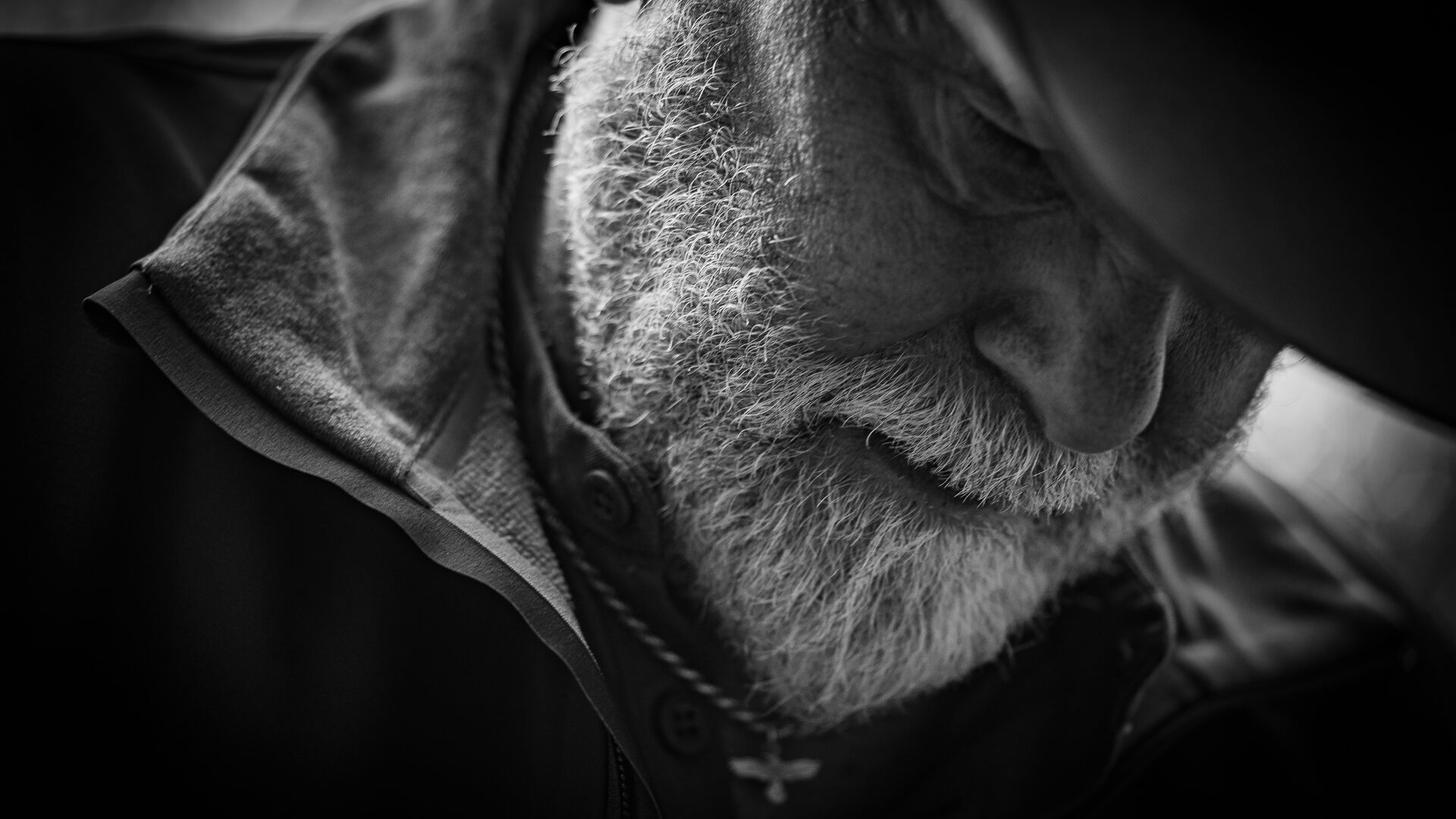The interaction between a human and a firearm is most assuredly dependent on the interface of the two. Shooting a firearm is a mechanical exercise and if the mechanical aspects do not jive, the bullets will not find their mark. At least not the mark the shooter intended.
Rifle/shooter interface plays a big roll in shooting speed and precision. I recently conducted an extensive test of more than a dozen rifles while collecting data for a book I am working on called, The Scout Rifle Study. Without question, the interface between the rifle and shooter was the deciding factor in the on target performance of these rifles. The ones that did the best, had the best interface. There were no exceptions.
There are eight elements of interface between a rifle and a shooter. Understanding them will help you not only choose the best equipment, it will also help you shoot better.
- Length of Pull (LOP): LOP is a critical measurement of fit with regards to a rifle. Too short and the shooter is cramped; too long and the shooter is stressed. Shooter comfort, from all positions – when dressed for all climates – is the goal.
- Grip: Where a shooter places his hands on the rifle and how that portion of the rifle’s stock fits the hands will play a role in determining how well the shooter can control the rifle.
- Trigger: Maybe most important, the trigger is the button that is pushed to launch the bullet. If it is not crisp and consistent, your shots never will be either.
- Cheek Weld: This is critical in establishing proper head position. Without proper head – eye – position it takes longer to make a shot and if the cheek weld is not solid, your body will contort to find that proper position and your shot will be wide.
- Sights: They have to be easy to see. They have to be compatible to your target and the distance to the target. They have to work in the available light. And, they must work with your eye.
- Action Operation: Follow up and repetitive shots are a reality that you must be prepared for. Whether your rifle is a single shot, lever, pump, bolt, or a semi-auto, action operation needs to be easy, reliable, and comfortable.
- Weight & Length: Greatly dependent on the physical characteristics of the shooter; a rifle should not be too heavy or long and it must balance for the best shooting. A muzzle heavy rifle is easy to hold on target but slower to get there. A butt heavy rifle gets on target quick but is hard to hold.
- The Sling: Critical for shooting from field positions, slings/straps are often ignored by many shooters who only play from the bench or bipod. Slings need to be used and they need to be properly configured and properly adjusted.
In the future, these eight elements of the rifle/shooter interface will be referenced and further explained here on Empty Cases. This guide will help you better understand the discussion when it comes up.




Pingback: Empty-Cases » The Mossberg MVP LR’s Adjustable Stock